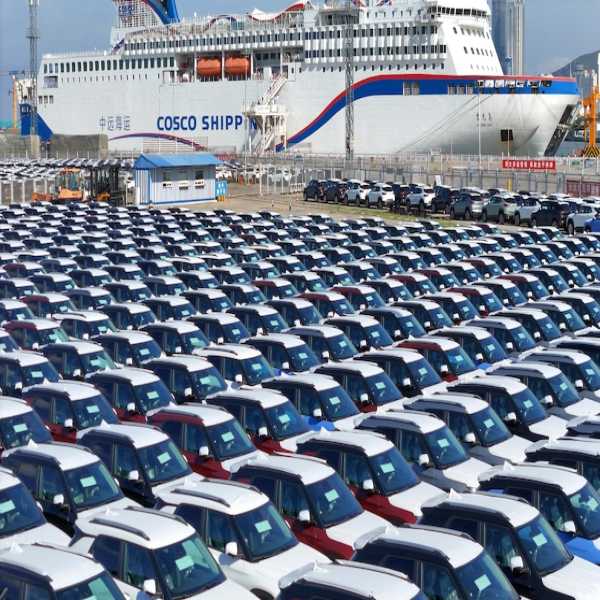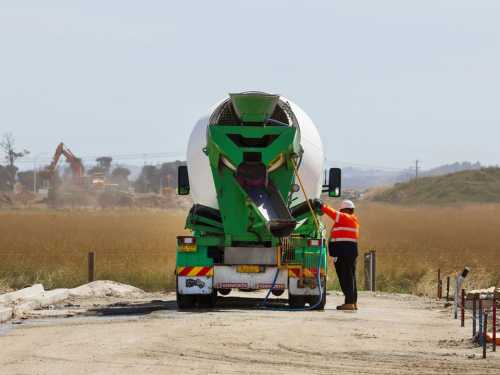
HONG KONG — China’s economy remains in the doldrums, data released Friday showed, with prices falling due to slack demand from consumers and businesses.
Consumer prices remained flat in September compared with a year earlier, the National Bureau of Statistics said, while wholesale prices fell 2.5%. Exports and imports also fell last month as demand fell in overseas markets.
The faltering recovery of the world’s second largest economy from the shocks of the COVID-19 pandemic is dragging on regional and global growth, though economists have said the worst might have passed. Trade ticked up slightly from the month before and manufacturing is showing signs of improvement.
Earlier this week, the International Monetary Fund cut growth forecasts for China, predicting economic growth of 5% this year and 4.2% in 2024, down slightly from its forecasts in July.
The IMF attributed its downward revision to weaker consumer confidence, subdued global demand and a crisis in the property sector that has made a big dent in business activity.
China is due to report economic growth data on Oct. 18 and economists are forecasting the economy grew at a 4.4% annual pace in July-September, down from 6.3% in the previous quarter.
Friday's data showed food prices dropped 3.2% in September, with the price of pork sliding 22% from a year earlier, a steeper decrease than the 17.9% drop in August.
Core inflation, which excludes food and energy prices, rose 0.8% from a year earlier, the statistics bureau said, similar to a 0.8% rise in August.
The recovery in domestic consumer demand has been much weaker than hoped for, and excess competition has provoked price wars in some sectors.
“September's inflation data remind us that despite some firming in activity indicators recently, China's economic recovery remains challenged,” Robert Carnell of ING Economics said in a report.
It forecast that consumer inflation will be at 0.5% for all of 2023 and only rise to 1% in 2024.
China's producer price index — which measures prices factories charge wholesalers — has fallen for a full year, though last month it contracted more slowly than in August.
Still, China’s manufacturing sector is showing some signs of improvement. A survey of factory managers showed activity returning to growth. The official purchasing managers’ index for September rose to 50.2 from 49.7 in August, the first time it had topped 50 in six months. A reading above 50 indicates an increase from the previous month.
Car sales in China rose 4.7% in September from a year earlier, the China Passenger Car Association reported earlier this week. Passenger vehicle sales totaled 2.04 million units. The growth came ahead of the China’s long Mid-Autumn and National Day holidays in October. It's typically a bumper time for car dealers as people buy vehicles ahead of the week-long national holidays.
And the real estate sector is muddling through the troubles brought on by a crackdown on heavy borrowing by developers that has hamstrung many home builders.
“The housing market appears to have stabilized recently thanks to the latest round of property easing measures, which could drive a modest recovery in home sales and mortgage demand in the coming months,” Julian Evans-Pritchard of Capital Economics said in a commentary Friday.
China’s global trade remained muted in September, with both exports and imports falling from the same time a year earlier.
Imports and exports both slid 6.2% from a year earlier, although the economy declined at a slower rate compared to August after a slew of measures were released to support the economy.
Sourse: abcnews.go.com






